2010 Chevrolet Cobalt Brake Rotors and Pads
Click here to search another vehicle
All Rotors:
OEM x
Coated x
Drilled, Slotted and Coated x
Front x
Rear x
All Pads:
Ceramic x
Semi-metallic x
Front x
Rear x
Found 17 record
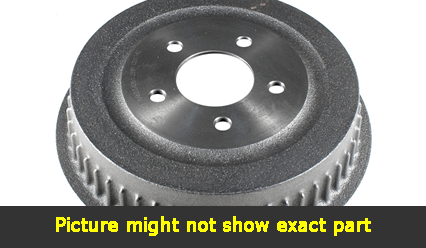
Part No: BD80127
Raybestos: 9795
OE:
Raybestos: 9795
OE:
$45.76 each
Per Car QTY: 2
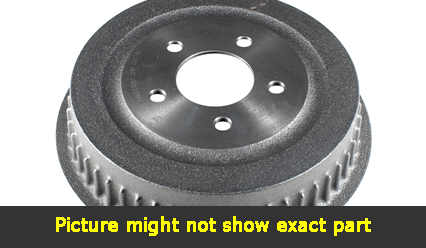
Part No: BD80131
Raybestos: 9808
OE:
Raybestos: 9808
OE:
$45.76 each
Per Car QTY: 2
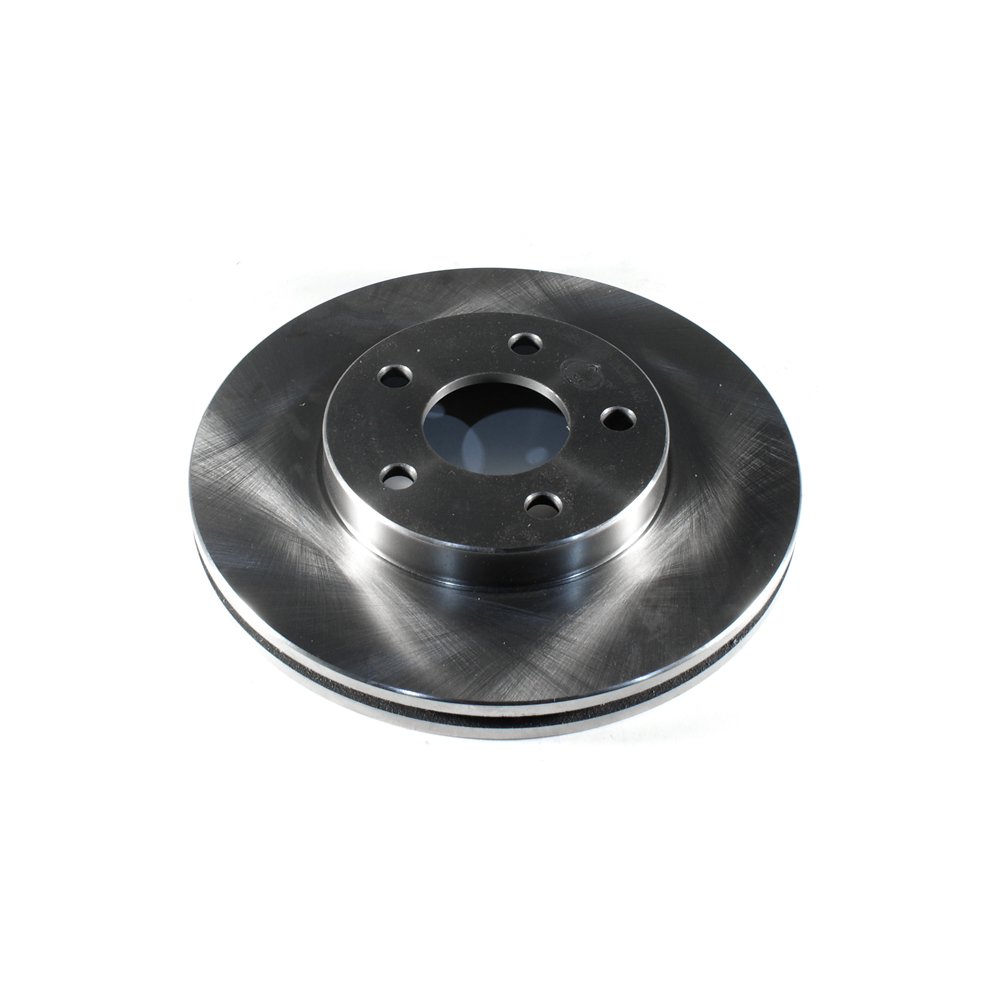
Part No: BR55144
Raybestos: 580503
OE: 15274604
Raybestos: 580503
OE: 15274604
$51.46 each
Per Car QTY: 2
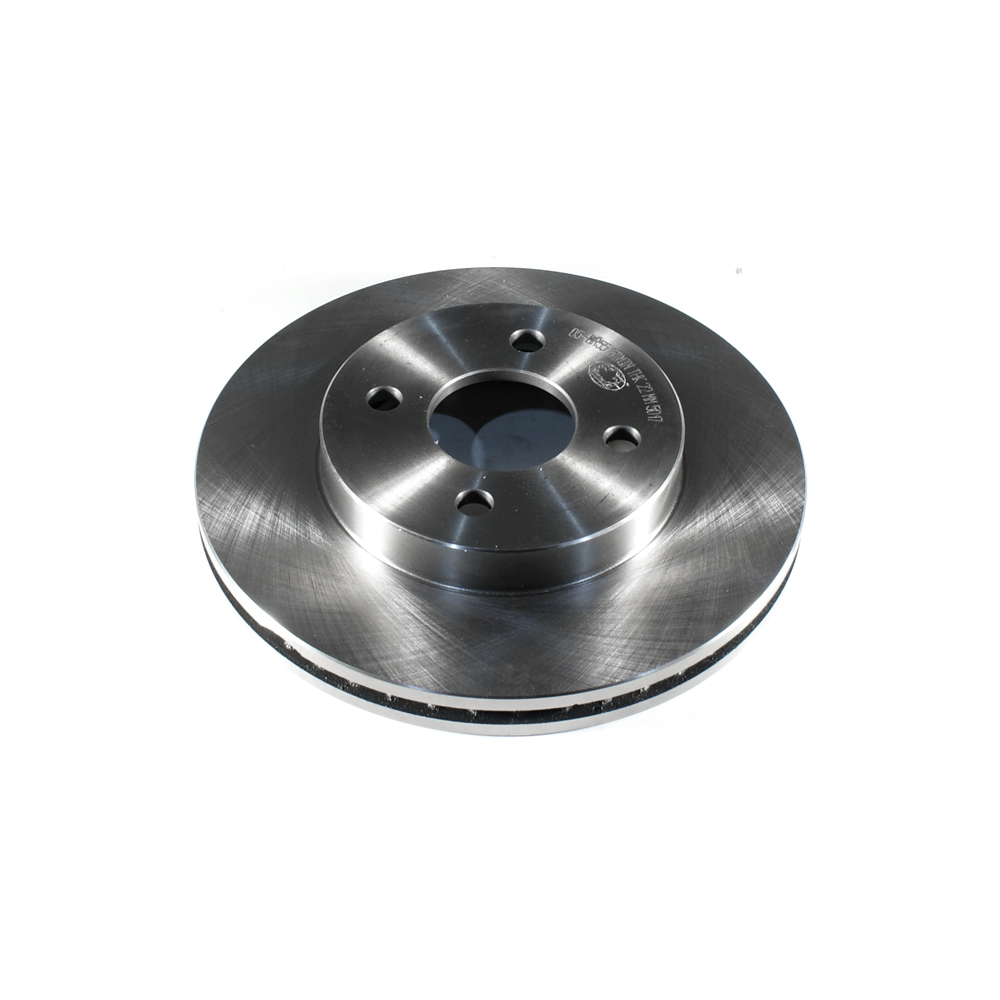
Part No: BR55152
Raybestos: 580633
OE: 22702612
Raybestos: 580633
OE: 22702612
$27.86 each
Per Car QTY: 2
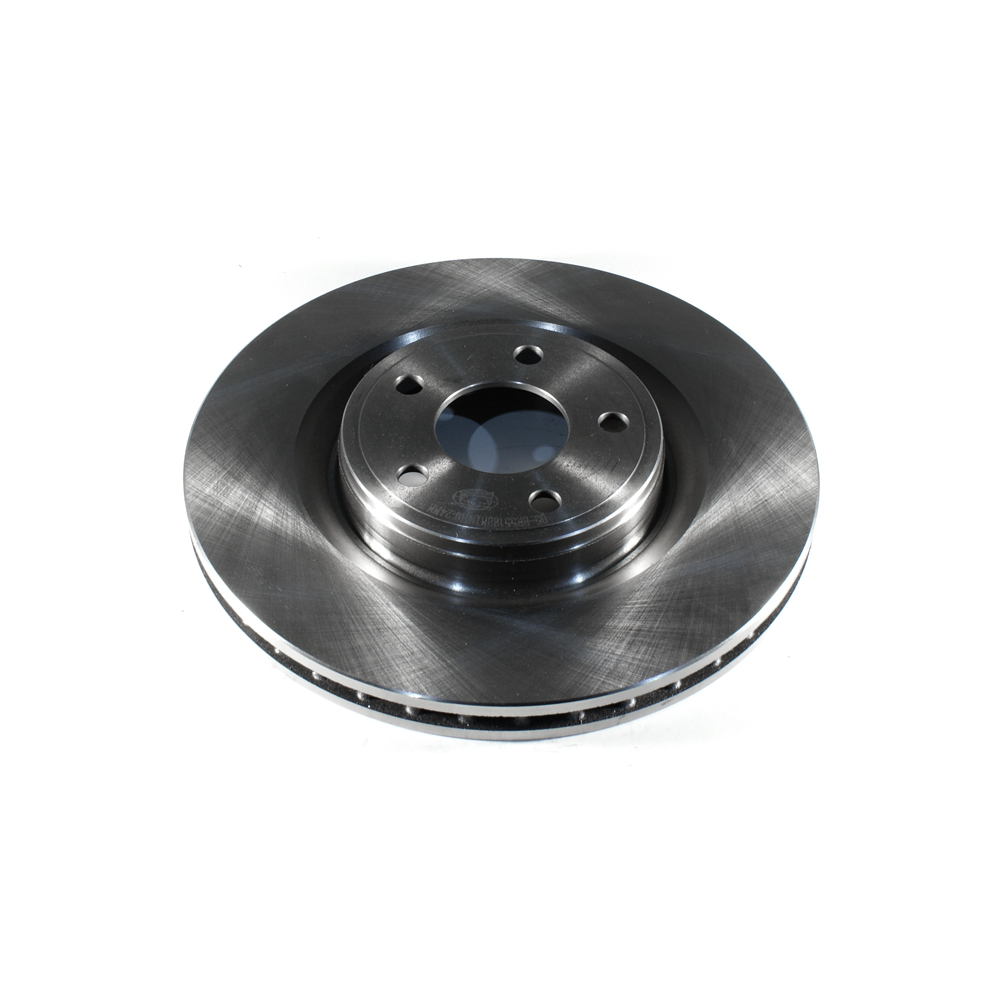
Part No: BR55180
Raybestos: 580775
OE: 15893541
Raybestos: 580775
OE: 15893541
$59.45 each
Per Car QTY: 2
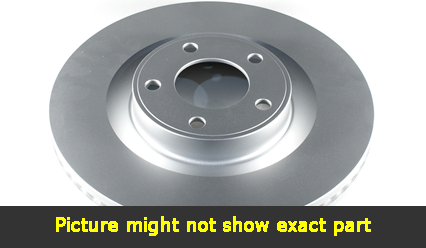
Part No: PP55144
Raybestos: 580503
OE: 15274604
Raybestos: 580503
OE: 15274604
$66.4 each
Per Car QTY: 2
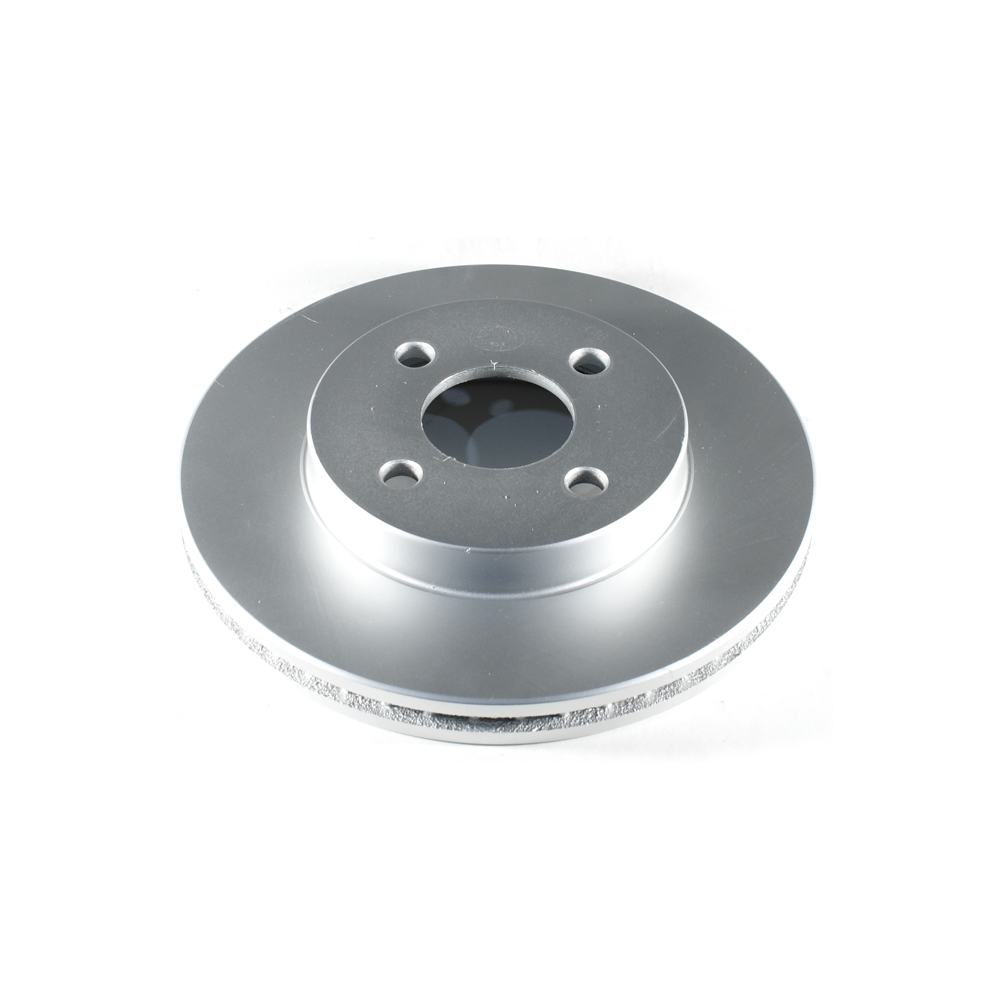
Part No: PP55152
Raybestos: 580137
OE: 22702612
Raybestos: 580137
OE: 22702612
$39.55 each
Per Car QTY: 2
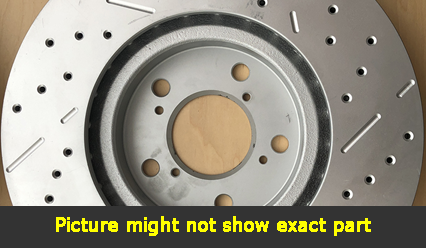
Part No: SP55144L
Raybestos: 580503
OE: 15274604
Raybestos: 580503
OE: 15274604
$102.85 each
Per Car QTY: 1
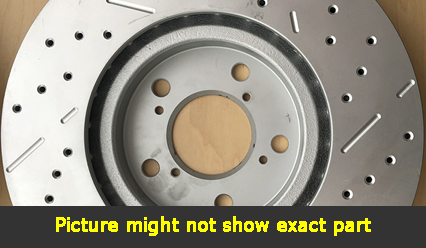
Part No: SP55144R
Raybestos: 580503
OE: 15274604
Raybestos: 580503
OE: 15274604
$102.85 each
Per Car QTY: 1
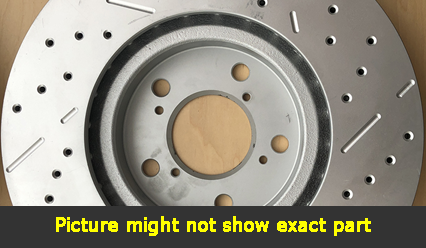
Part No: SP55152L
Raybestos: 580137
OE: 22702612
Raybestos: 580137
OE: 22702612
$71.95 each
Per Car QTY: 1
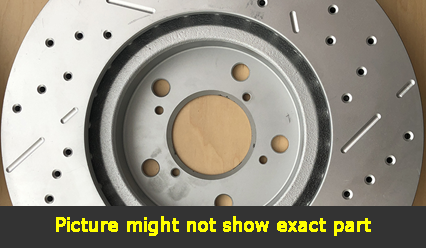
Part No: SP55152R
Raybestos: 580137
OE: 22702612
Raybestos: 580137
OE: 22702612
$71.95 each
Per Car QTY: 1
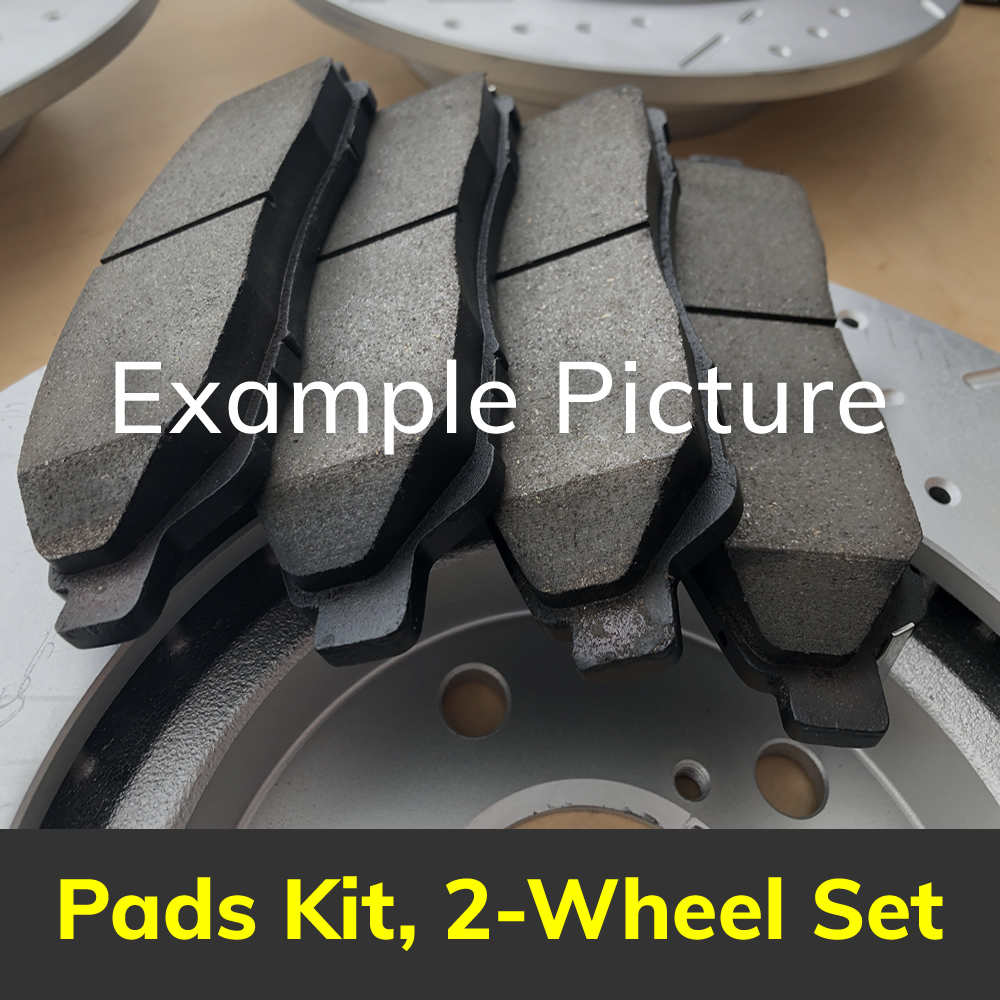
Part No: PD1379C
Raybestos: 1379
OE:
Raybestos: 1379
OE:
$43.02 each
Per Car QTY: 1
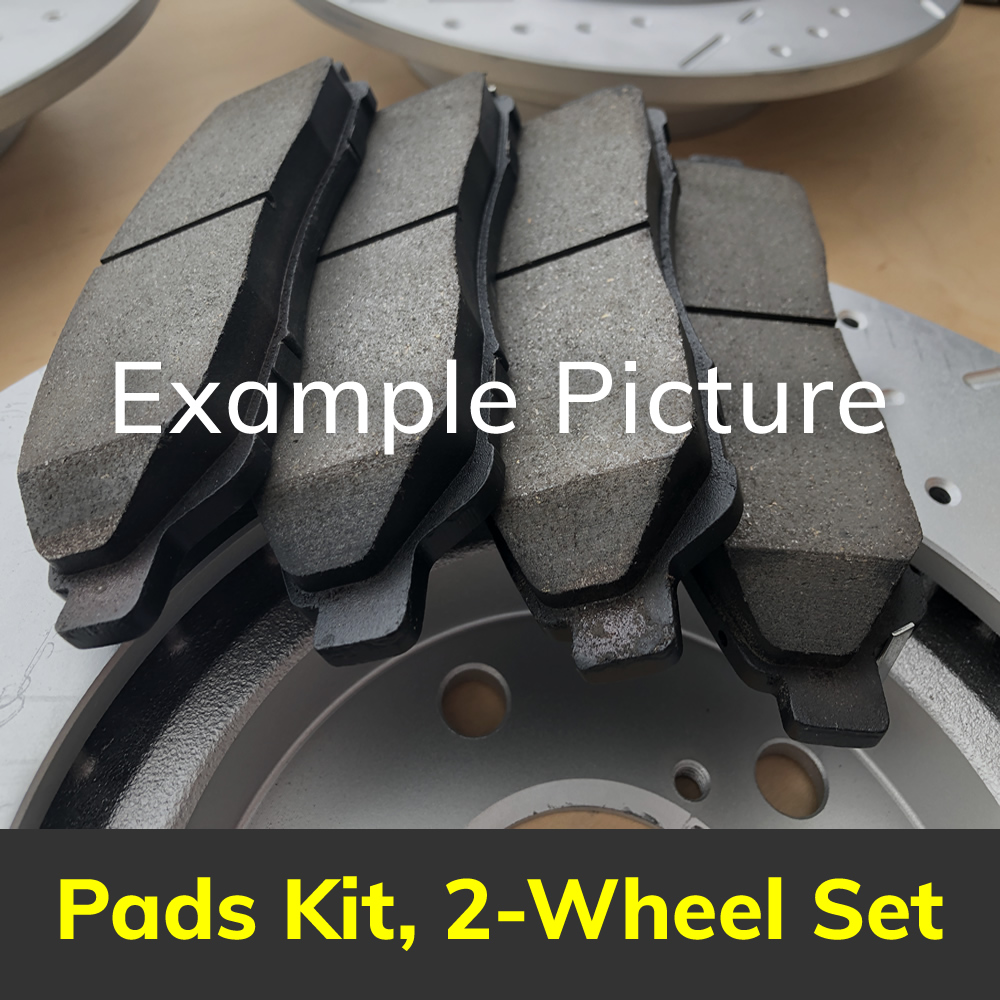
Part No: PD956C
Raybestos: 956
OE:
Raybestos: 956
OE:
$32.58 each
Per Car QTY: 1
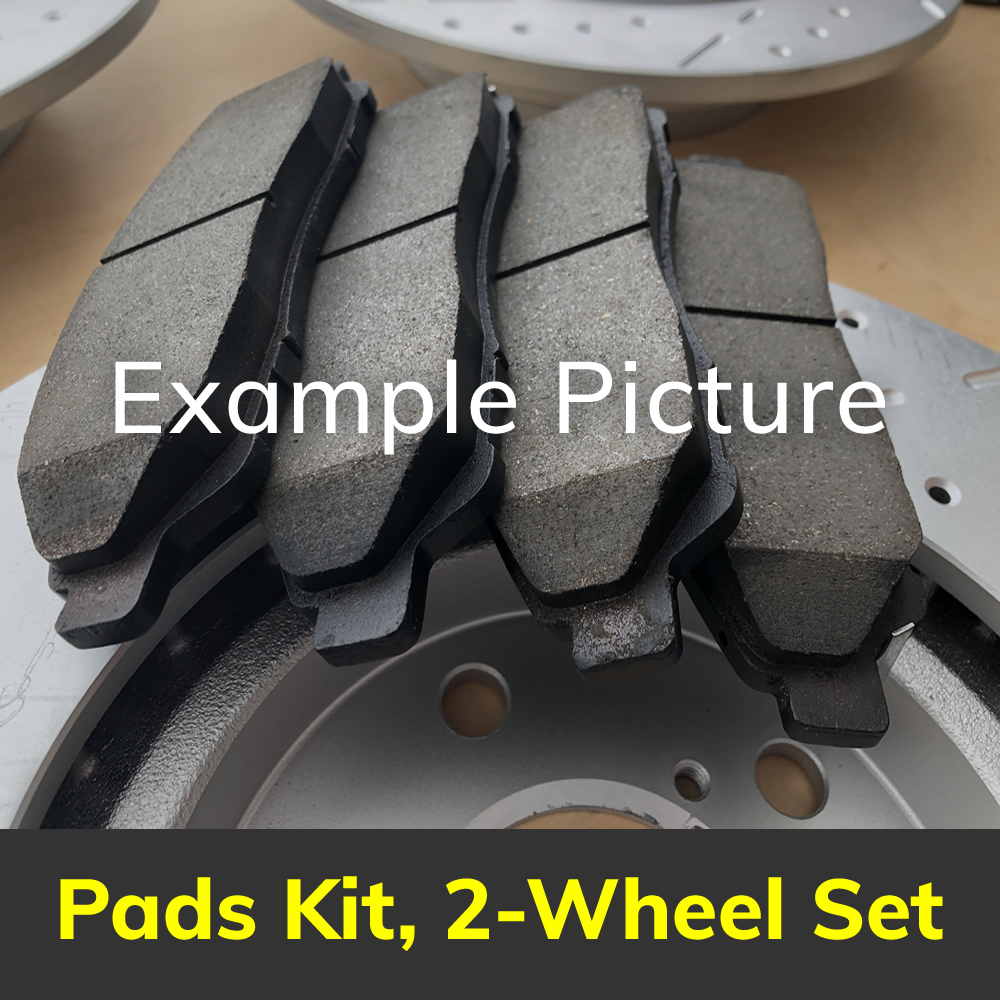
Part No: PD1095C
Raybestos: 1095
OE:
Raybestos: 1095
OE:
$31.36 each
Per Car QTY: 1
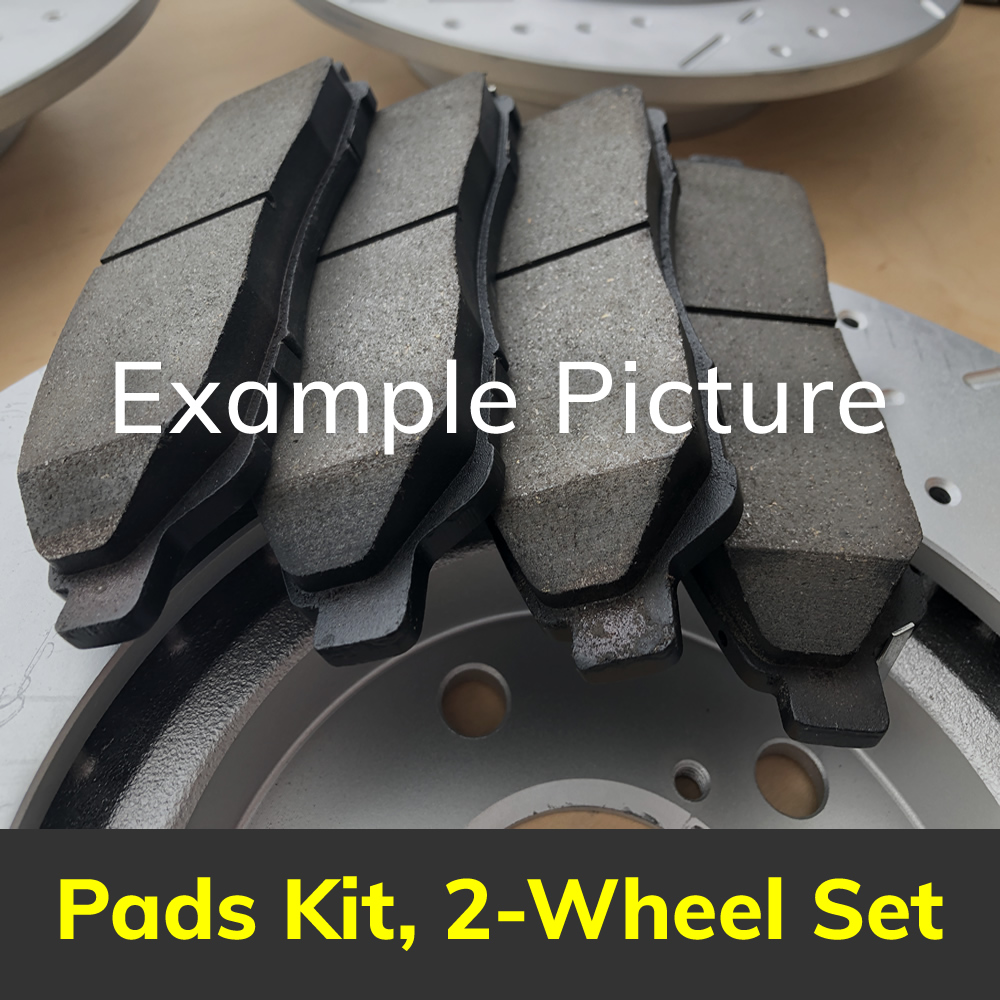
Part No: PD1095E
Raybestos: 1095
OE:
Raybestos: 1095
OE:
$36.76 each
Per Car QTY: 1
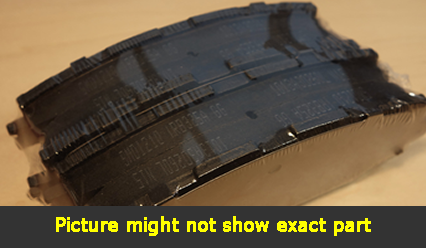
Part No: SMD956
Raybestos:
OE:
Raybestos:
OE:
$23.74 each
Per Car QTY: 1
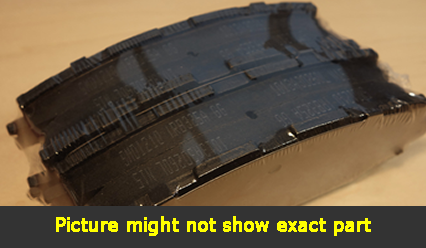
Part No: SMD1095
Raybestos:
OE:
Raybestos:
OE:
$24.23 each
Per Car QTY: 1
How to Choose Brakes for Your 2010 Chevrolet Cobalt
Choosing the right brakes for your vehicle is crucial to ensure optimal safety and performance. When it comes to the 2010 Chevrolet Cobalt, selecting the right brake system is especially important. This article will guide you through the key factors to consider when choosing brakes for your Cobalt.
1. Understand the different types of brakes:
There are several types of brakes available, including:
- Disc Brakes: These are the most common types of brakes found in modern vehicles. They use a brake caliper and brake pads to squeeze the brake rotor to create friction and stop the vehicle.
- Drum Brakes: These are generally found in older vehicles or on rear wheels. They use brake shoes that expand outward when the brake pedal is pressed, pressing against the interior of the drum to create friction.
2. Consider your driving needs:
Before selecting the brakes for your Cobalt, it's important to understand your driving style and needs. If you frequently drive in heavy traffic or on hilly terrains, you may benefit from brakes that offer excellent stopping power and fade resistance. On the other hand, if you do mostly city driving with fewer high-speed situations, a more cost-effective and durable brake system may be suitable.
3. OEM or Aftermarket Brakes:
When it comes to replacing your brake components, you have the option to choose between original equipment manufacturer (OEM) brakes or aftermarket brakes. OEM brakes are identical to the brakes that came with your Cobalt when it was new. Though OEM brakes are generally more expensive, they provide a consistent performance level. Aftermarket brakes, on the other hand, can offer a wider range of options, including better performance, higher durability, or improved pricing. Consider your requirements and research trusted aftermarket brands to make an informed decision.
4. Brake Pad Material:
The material of the brake pads plays a significant role in determining their performance and longevity. There are three primary types of brake pad materials:
- Semi-Metallic: These brake pads offer excellent stopping power and are durable. However, they tend to produce more wear on the rotors and can be noisy.
- Ceramic: Ceramic brake pads are known for their quiet operation, low dust production, and minimal rotor wear. They provide good performance for everyday driving conditions but may be less effective in high-performance situations.
- Organic: Organic brake pads are made from various fibers and are often the quietest and most affordable option. However, they can wear out faster and produce more dust.
5. Seek Expert Advice:
Consulting with a trusted automotive professional is always a good idea when choosing brakes. They can provide you with insights based on your specific vehicle model and driving habits. Additionally, they can help you understand any compatibility issues or necessary modifications that may arise from selecting certain brake systems.
In conclusion, selecting the right brakes for your 2010 Chevrolet Cobalt involves considering factors like brake type, driving needs, OEM or aftermarket options, brake pad material, and seeking expert advice. By making an informed decision, you can ensure your vehicle performs optimally and keeps you safe on the road.
Choosing the right brakes for your vehicle is crucial to ensure optimal safety and performance. When it comes to the 2010 Chevrolet Cobalt, selecting the right brake system is especially important. This article will guide you through the key factors to consider when choosing brakes for your Cobalt.
1. Understand the different types of brakes:
There are several types of brakes available, including:
- Disc Brakes: These are the most common types of brakes found in modern vehicles. They use a brake caliper and brake pads to squeeze the brake rotor to create friction and stop the vehicle.
- Drum Brakes: These are generally found in older vehicles or on rear wheels. They use brake shoes that expand outward when the brake pedal is pressed, pressing against the interior of the drum to create friction.
2. Consider your driving needs:
Before selecting the brakes for your Cobalt, it's important to understand your driving style and needs. If you frequently drive in heavy traffic or on hilly terrains, you may benefit from brakes that offer excellent stopping power and fade resistance. On the other hand, if you do mostly city driving with fewer high-speed situations, a more cost-effective and durable brake system may be suitable.
3. OEM or Aftermarket Brakes:
When it comes to replacing your brake components, you have the option to choose between original equipment manufacturer (OEM) brakes or aftermarket brakes. OEM brakes are identical to the brakes that came with your Cobalt when it was new. Though OEM brakes are generally more expensive, they provide a consistent performance level. Aftermarket brakes, on the other hand, can offer a wider range of options, including better performance, higher durability, or improved pricing. Consider your requirements and research trusted aftermarket brands to make an informed decision.
4. Brake Pad Material:
The material of the brake pads plays a significant role in determining their performance and longevity. There are three primary types of brake pad materials:
- Semi-Metallic: These brake pads offer excellent stopping power and are durable. However, they tend to produce more wear on the rotors and can be noisy.
- Ceramic: Ceramic brake pads are known for their quiet operation, low dust production, and minimal rotor wear. They provide good performance for everyday driving conditions but may be less effective in high-performance situations.
- Organic: Organic brake pads are made from various fibers and are often the quietest and most affordable option. However, they can wear out faster and produce more dust.
5. Seek Expert Advice:
Consulting with a trusted automotive professional is always a good idea when choosing brakes. They can provide you with insights based on your specific vehicle model and driving habits. Additionally, they can help you understand any compatibility issues or necessary modifications that may arise from selecting certain brake systems.
In conclusion, selecting the right brakes for your 2010 Chevrolet Cobalt involves considering factors like brake type, driving needs, OEM or aftermarket options, brake pad material, and seeking expert advice. By making an informed decision, you can ensure your vehicle performs optimally and keeps you safe on the road.


